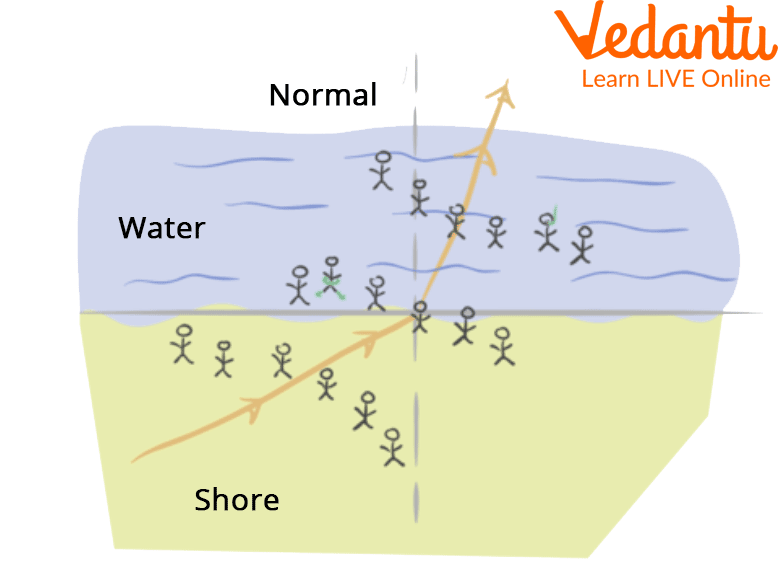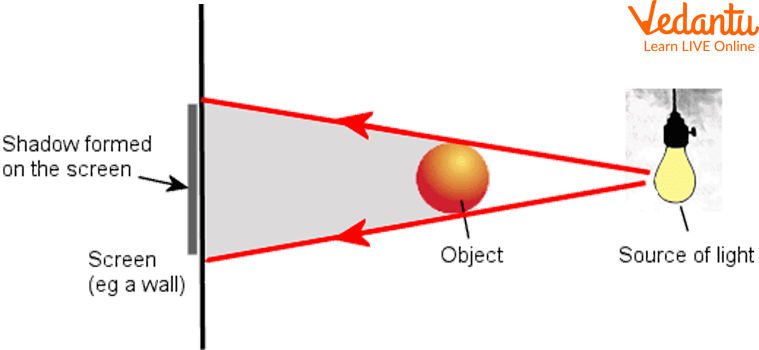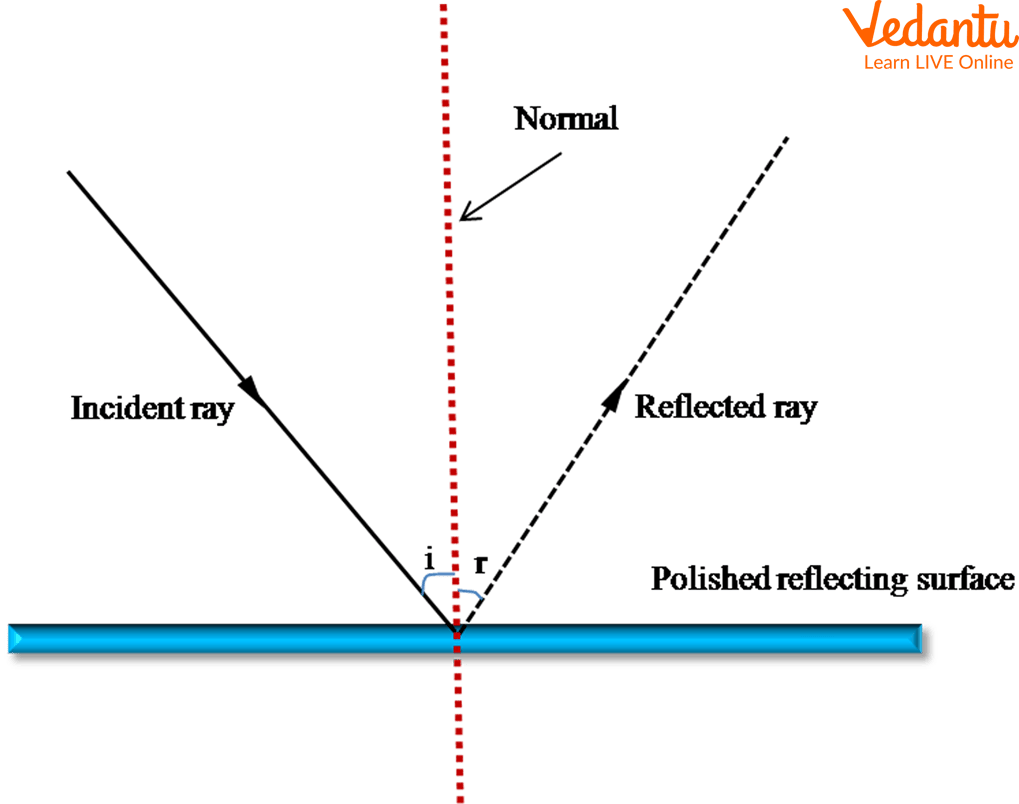




Introduction on Bending of Light
Bending of light is the change in direction of a beam of light when it reflects off a surface. The bending of light is a phenomenon that occurs as light moves from one medium to another. Light travels more slowly in denser mediums, causing the beam to arc or bend. For example, the blinking of stars in a transparent sky, a pool of water appears to be less bottomless than it is due to the bending of light in water, rainbow conformation in the sky, camera lenses and spectacles. In this article, you'll learn about the bending of a beam of light in multiple environments so that you can see how it works and why it's important to other scientific principles.
Refraction of Light
Refraction is the bending of light. Refraction can happen with sound, water, and other swell lengths as it passes from one clear material to another. Bending by refraction makes it workable for us to have lenses, colouring spectacles, prisms, and rainbows. Truly our eyes turn upon this bending of light!

Light Bending in Water
Light Bending
Light bending may relate to gravitational lensing when light is" fraudulent" around massive object refraction, a change in direction of a surge due to a change in its speed.
Glass: Glass is a perfect everyday illustration of light refraction. Looking through a glass jar will make an object look lower and slightly lifted.
Light Refraction
When light passes from air into water, it slows down, causing it to alter order slightly. This alteration of order is called refraction. When light enters a moreover thick material (advanced refractive indicator), it ‘bends’ further towards the common range.
The quantum of bending depends on two effects:
Change in Speed: If a material causes the light to speed up or decelerate down again, it'll refract (bend) further.
Angle of the Event Beam: If the light is accessing the material at a lesser side, the quantum of refraction will also be bold. In the other phase, if the light is accessing the new material from direct forward (at 90° to the face), the light will quite decelerate down, but it won’t alter direction at all.
Refractive Indicator of Some Clear Stuff
All angles are scaled from an imaginary line drawn at $90^{\circ}$ to the face of the two stuff. This line is drawn as a spotted line and is called the normal.
If light enters any substance with an advanced refractive indicator (similar to from air into glass), it slows down.
The Bending of Light into Geometrical Shadow
When light rays pass through the opening slit, they bend around the corners. This bending of light permits light to travel through the geometric shadow zone and brighten it. As a result, we can term the penetration of light into the domain of geometrical shadow diffraction. This is called diffraction.

Geometrical Shadow of Bending Light
Reflection is the Bending of Light
The normal line divides the angle between the incident ray and the reflected ray into two equal angles. The angle between the incident ray and the normal is known as the angle of incidence. The angle between the reflected ray and the normal is known as the angle of reflection. Reflection is the bending of light in which light shafts strike a smooth candescent face like glass and bounce back to reach our eyes due to which objects around us are visible to us.

Image of Reflection of Light
Bending of Beam of Light
The process of bending light when it shifts from one medium to another is called refraction.
The bending of light around a keen edge is known as diffraction.
The bending of light around the boundary of an orifice is known as a hindrance of light.
Thus, the bending of light after striking glass is called reflection.
Reflection can do on different shells like convex glass, hollow glass, aeroplane
glass, etc. In refraction, the light changes its path when it shifts from one medium to another.
Summary
We have seen how light behaves when it encounters different materials, and how this affects the way we see things. In particular, we have looked at how light is bent when it passes through water, and how this affects the way we see objects under water. We have also seen how light is reflected off of surfaces, and how this can be used to create geometric shadows. By understanding these principles of light behaviour, we can better understand the world around us and the ways in which light interacts with matter.
FAQs on Bending Light - The Science of Refraction
1. What does the bending of light depend on?
The quantum of bending depends on two effects: Change in speed – if a substance causes the light to speed up or decelerate down more, it'll refract (bend) further. The angle of the incident shaft – if the light is entering the substance at a lesser angle, the quantum of refraction will also be more conspicuous. Measurements are made from an imaginary line that is drawn at a 90° angle to the surfaces of the two materials. The normal is a line that is depicted as a dotted line.
2. Is it possible for the bending of light in water?
Yes, as the light enters the water, it is refracted. Since the light is passing from air (less dense) into water (more dense), it is bent towards the normal. The beam of light would appear to bend at the surface of the water.
3. Is light a form of energy?
In fact, visible 'light' is a form of radiation, which can be defined as an energy that travels in the form of electromagnetic waves. It can also be described as a flow of particle-like 'wave-packets', called photons, that travel constantly at the speed of light (about 300 000 kilometres per second).









